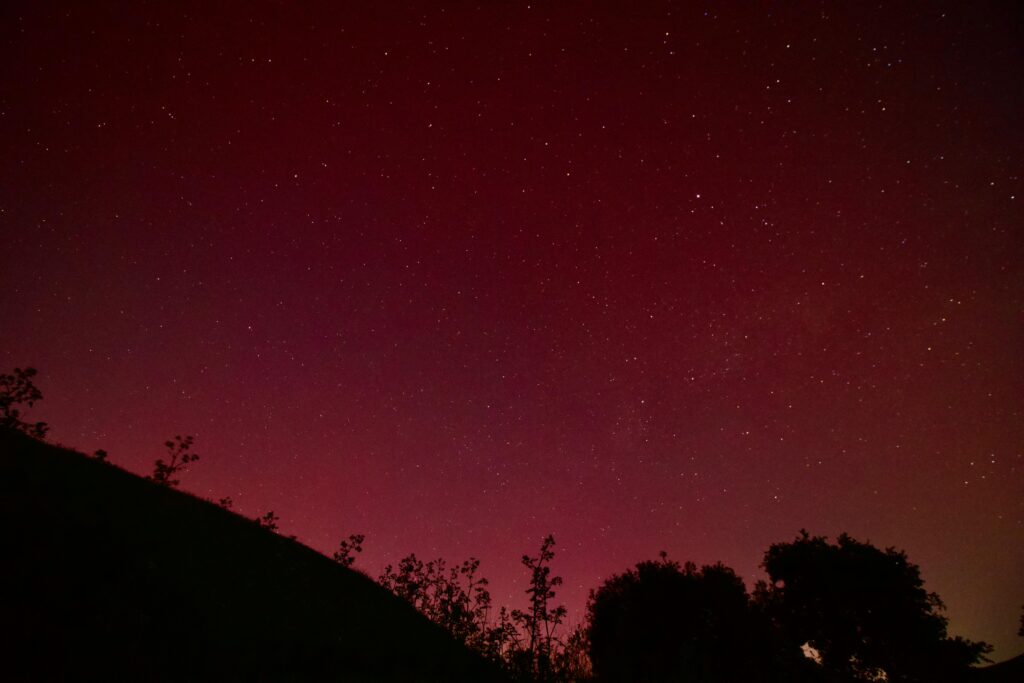Solstice in June: the longest (and shortest) day of the year

Every year, planet Earth experiences two solstices: one in June and one in December. The June solstice, in particular, marks a key astronomical moment when the Sun reaches its northernmost point in the sky. This results in the longest day of the year in the Northern Hemisphere and, in turn, the shortest day in the Southern Hemisphere.
What happens during the Summer Solstice?
The June solstice occurs when the Sun is directly above the Tropic of Cancer, an imaginary line located approximately 23.4° north latitude. This is the northernmost latitude reached by the Sun during the year, before beginning its apparent journey back south.
In 2025, this astronomical event will take place on Friday, June 20, at 8:42 p.m. CST in San José, Costa Rica, which corresponds to Saturday, June 21, at 2:42 a.m. UTC.
Light for (almost) everyone
Around the June solstice, approximately 99% of the world’s population can see sunlight at the same time, thanks to the Earth’s tilt and its orbital position.
At the northern hemisphere, the solstice marks the day with the longest period of sunlight, which is especially noticeable in areas far from the equator. In regions within the Arctic Circle, the sun does not set at all: this phenomenon is known as the midnight sun.



Contrary to this, in the southern hemisphere, the June solstice represents the shortest day of the year, and in places within the Antarctic Circle, the Sun does not even appear on the horizon, producing what is known as the polar night.
Why is it called “solstice”?
The word “solstice” comes from the Latin sol (sun) and sistere (to stop). This name is due to the fact that during the solstice, the subsolar point—the place on the Earth’s surface where the Sun is directly overhead—appears to stop in its northward or southward journey before changing direction.
During the days leading up to the solstice in June, the sunrise and sunset move northward. On the day of the solstice, they reach their peak, and from then on, they begin to gradually move southward.
The reason: the Earth’s tilt
This is caused by the tilt of the Earth’s axis, which is about 23.4° from the plane of its orbit around the Sun. Due to this tilt, the amount of sunlight received by each hemisphere varies throughout the year.
At this time of year, the Earth is tilted on its axis, with the northern hemisphere tilted toward the Sun and the southern hemisphere tilted away from it. This tilt causes the Sun to shine on the Earth’s surface at different angles, which in turn affects the length of the days and the seasons.
Ironically, the longest day does not always coincide with the earliest sunrise or the latest sunset. Usually, the earliest sunrise occurs a few days before the solstice, and the latest sunset a few days after. This lag is due to factors such as the shape of the Earth’s orbit and the tilt of its axis.
Why does the date of the solstice change?
Although many people associate the June solstice with June 21, it can occur between June 20 and 22, depending on the year and time zone.
There is a slight difference between the calendar year and the tropical year because the Gregorian calendar (with 365 or 366 days) does not fit perfectly with the tropical year, which is the actual time it takes for the Earth to complete one orbit around the Sun: approximately 365.242199 days. This accumulated difference is corrected by leap years, which explains why the solstices and equinoxes do not always occur on the same date.
A time to celebrate and reflect
This year, the summer solstice falls on June 21, and it’s a time when many people around the world celebrate the longest day of the year. The solstice is a time of renewal and rebirth, and it’s also a time when many cultures celebrate their ancestors.
Whether you view it as the start of summer or simply a curiosity of the cosmos, the June solstice reminds us that we live on a dynamic planet, constantly in motion and beautifully tilted.
Sensorial Sunsets
Navigate articles





